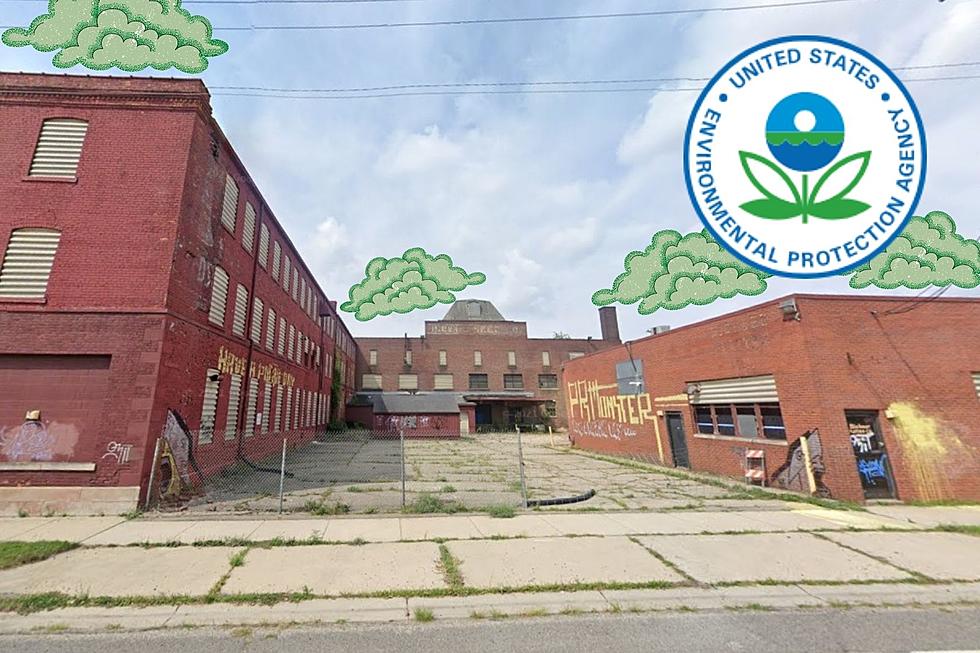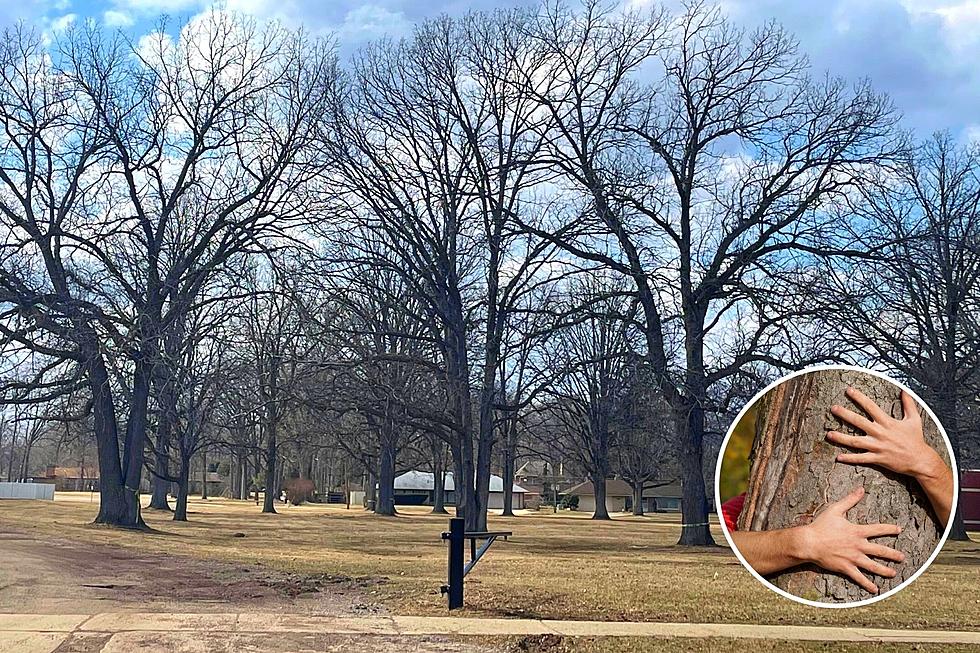
Michigan Files Lawsuit Against Companies Involved in Kalamazoo River Sediment Disaster
The state of Michigan has announced it will sue the owners of the Morrow Dam where massive amounts of sediment were released into the Kalamazoo River in Comstock Township.
The lawsuit, which includes six counts, was filed on Tuesday against Eagle Creek Renewable Energy and STS Hydropower. Altogether, nearly 370,000 cubic yards of sludge were released into the river in 2019 during what the company called emergency repairs to the dam at Morrow Lake. Since then, those responsible have done nearly nothing to clean up the mess, which now spans 30 miles along the river downstream from Comstock Township.

Michigan Attorney General Dana Nessel said Tuesday that the negligence has created a public safety hazard, choked the river, and has smothered aquatic life and habitat, as well as impeding recreational use. The civil action is being taken on behalf of the Michigan Department of Environment, Great Lakes, and Energy (EGLE) and the Michigan Department of Natural Resources (DNR).
The State of Michigan supports all dam owners appropriately maintaining and completing repairs to their dams. But in doing so, a dam owner is legally obligated to complete such repairs in a manner that does not unnecessarily impact the public health, safety, and welfare; the natural resources of the State; and the environment.
The hazardous conditions have led to reports of people needing rescuing by emergency responders - most recently in September when a man was trapped for hours in waist-deep mud - as well as deer getting caught in deposits. - AG Dana Nessel
The sediment deposits in the Kalamazoo River span up several acres and are up to approximately 12-feet deep in some locations. It is estimated that enough sediment was released from the impoundment to cover an entire football field approximately 173 feet deep in sediment or fill a building that is 16 stories tall.
The lack of urgency by the companies to address these hazards left no other alternative than to take this civil action. STS Hydropower, LLC, and Eagle Creek Renewable Energy, LLC, should now bear the burden of repairing the damage and being held accountable for neglecting legal obligations.
Our preference is to work cooperatively to ensure prompt and effective cleanups and ensure the environment and the public are protected," EGLE Director Liesl Clark said. "In this case the responsible party has not fulfilled their obligations to the law and the community.
The companies' refusal to employ reliable forms of management for the drawdown to properly mitigate damage to the river has created significant, avoidable harms, all while STS Hydropower, LLC, and Eagle Creek Renewable Energy, LLC, were profiting from the use of the public's waterways.
The lawsuit, which is now available on the Department of Attorney General's website, asks for relief under the Michigan Natural Resources and Environmental Protection Act (NREPA) and under common law to hold the companies accountable for the injuries they have caused the public and natural resources and to vindicate the public's ability to safely recreate.
Timeline of the events related to the Kalamazoo River sediment release:
On October 31, 2019, Eagle Creek staff notified EGLE and DNR that the Defendants would be conducting a drawdown of Morrow Lake "effective immediately," claiming the drawdown was an emergency. At that time, Defendants indicated the drawdown would only last four months, but Morrow Lake remained at the lowered elevation for more than a year, until December of 2020.
As soon as the State was alerted, it attempted to engage the Defendants in discussions to avoid a full drawdown and minimize the impact of the drawdown by employing reliable and well-known mitigation techniques. Defendants reduced the rate at which it drew down the lake in response to the State's concerns and completed a mussel relocation effort after the lake had already been lowered, but Defendants did little else to prevent the disastrous impact of their mismanaged drawdown.
Throughout the drawdown and aftermath, the State demanded Defendants take action to address the drawdown's environmental impacts. The State sent letters, provided direction in multiple meetings, and issued violation notices that provided information to and demanded action by the Defendants. Defendants did not comply with these demands.
It took Defendants until June 29, 2020, nearly eight months after the start of the drawdown, to submit plans to FERC for repair of the gates. And Defendants did not undertake even minimal efforts to manage the sediments until July and August of 2020, well past the time when such measures could effectively prevent massive mobilization of sediment into downstream waters.
Over one year after the drawdown of Morrow Lake, in December of 2020, the gate replacement was completed and by January 12, 2021, Morrow Lake was refilled to its normal water elevation.
Since then, the State of Michigan has continued to demand that Defendants restore the River and compensate the public for damage caused by the drawdown. However, Defendants only completed an investigation for about seven of the 30 impacted miles of river and completed one small sediment dredging project that addressed less than one percent of the estimated sediment released.
Kalamazoo County’s Most Dangerous Intersections
More From 1240 WJIM AM








